Your weight, blood pressure, and blood glucose all fall. Who could ask for anything more?
Enjoy a good breakfast.
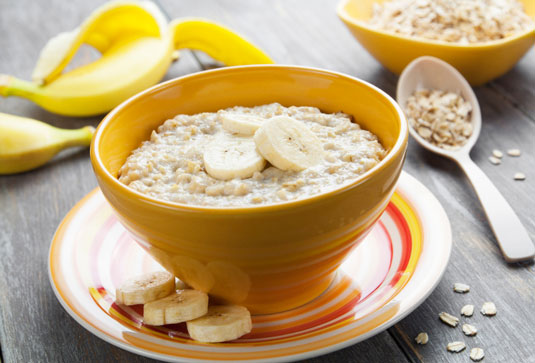
People often think that the path to weight loss is to skip meals, and breakfast is often the first to go. However, the “successful losers” in the National Weight Loss Registry would disagree: 78 percent of them eat a good breakfast and only 4 percent skip breakfast. Eating a healthy breakfast prevents much greater eating later in the day.
So, what’s is a healthy breakfast? An easy option is whole-grain cereal with lowfat milk, and a piece of fruit. Some other suggestions include steel-cut oats with hemp protein powder, flaxseed, walnuts and fruit, or eggs with whole wheat toast and fruit. Avoid heavy breakfasts like pancakes, French toast, or waffles with sausage.
Limit quantities and make substitutions.

In the typical Western diet, many foods are high in sugar, fat, salt, and calories, but low in nutrition. If you want to lose weight and/or improve your health, you have to severely limit or avoid these foods altogether.
You can substitute a healthier food for just about any not-so-healthy food. Here are some examples:
Eat every meal.
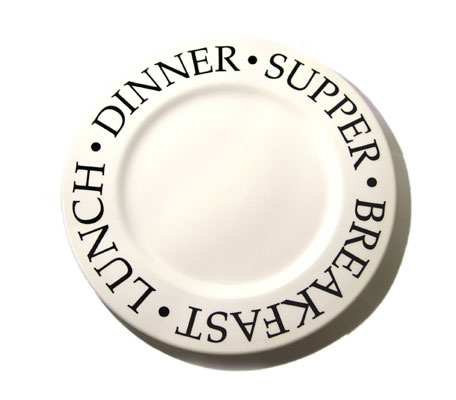
When you miss meals, you become hungry. If you have type 1 diabetes, you can’t safely miss meals, especially if you give yourself regular or lispro insulin. Instead of letting yourself become hungry, eat your meals at regular times so that you don’t overcompensate at the next meal (or at a snack shortly after the meal you missed) when you’re suffering from low blood glucose.
Many people overtreat low blood glucose by eating too many sugar calories, resulting in high blood glucose later on.
You should not miss meals as a weight-loss method, particularly if you take a drug that lowers blood glucose into hypoglycemic levels. A pregnant woman with diabetes especially should not miss meals. She must make up for the fact that her baby extracts large amounts of glucose from her blood. Both mother and growing fetus are adversely affected if the mother’s body must turn to stored fat for energy.
Set specific goals.

If you planned to climb Mt. Everest, your itinerary would not read, “Arrive at the base, arrive at the top.” In just the same way, the goals you set for losing weight and switching to the Mediterranean diet need to be achievable and very specific.
For example, don’t just set a goal to “Lose 40 pounds.” You may be able to do it, eventually, but it’s much more likely that you’ll lose 5 pounds, and that should be your initial goal. After you’ve done that, you can plan to lose another 5 pounds, and so forth.
Goals should be very specific. For example, “I will eat fruit rather than cake for dessert” is a much better goal than “I will stop eating cake.”
Choose goals that you have real control over. You’re much more likely to succeed in reducing your fat intake than lowering your cholesterol, although reducing your fat intake may cause your cholesterol to go down. It’s also helpful to choose goals you can easily measure, like your weight and the number of steps you walk each day.
Your goals should be forgiving. Don’t beat yourself up if you don’t succeed the first time around.
Drink water throughout the day.

Seventy percent of your body is water, and all your many organs and cells require water to function properly. Most people, especially older people, don’t get enough water. Older people often have the additional disadvantage of losing their ability to sense when they’re thirsty. The consequences may include weakness and fatigue, not to mention constipation.
Water can replace all the sodas and juice drinks that add unwanted calories to your day. You soon lose your taste for those drinks and discover that you don’t need (or miss) the aftertaste of soda and juice that you took for granted. Those drinks also raise the blood glucose very rapidly and are often used to treat low blood glucose.
Reinforce your behavior change.
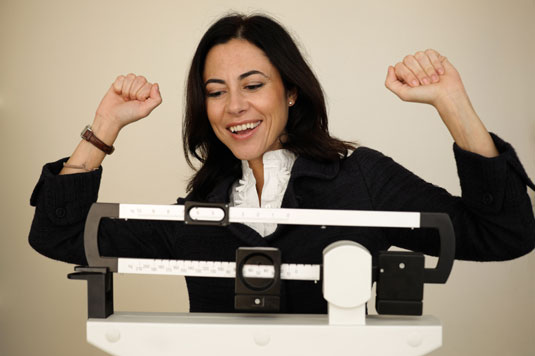
One of the most supportive ways to change your behavior is with reinforcement. Reinforcement may be intrinsic (a pleasurable state of mind like happiness or satisfaction) or extrinsic (a new dress or money, for example). You need to figure out which reinforcements work best for you.
Obviously, food can’t be an extrinsic motivator unless and until you realize that fruits or vegetables are the things that should give you the most pleasure and not the desserts you may have enjoyed in the past.
Remove the attached fat.
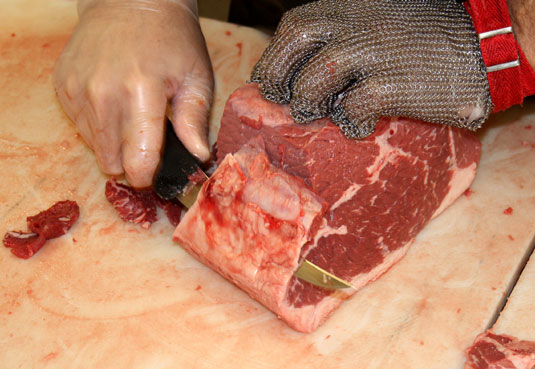
Many foods, such as sausage and luncheon meats, contain so much fat that lowering their fat content isn’t possible. You should mostly avoid these foods. But other protein sources, such as chicken, steak, roast beef, and pork, have large amounts of visible fat attached to them, so you can remove this fat before you prepare the food.
In the case of poultry, removing the skin removes most of the fat. Selecting white meat rather than dark further reduces the fat in poultry.
Leave out the salt.

Most Americans like a lot of salt in their food. Consequently, these people taste mostly salt and not much of the food. Try getting rid of the salt in your recipes. You can always add it later if you miss the flavor that salt adds. At first, you may think that the food tastes bland. Then you’ll begin to discover the subtle tastes that were in the food all along but were overpowered by the salt.
Recent studies, particularly the United Kingdom Prospective Diabetes Study, which was a major breakthrough published in 1998, have shown that you can slow or prevent diabetic complications by reducing blood pressure.
You can try the approach of slowly removing salt from the recipe. If it calls for a teaspoon of salt, add only 3⁄4 teaspoon. You won’t notice the difference. Next time, try 1⁄2 teaspoon. And so on.
Track food with a diary.
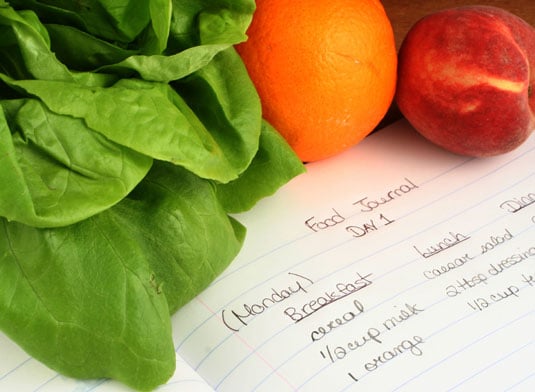
Try this little diversion: For the next two days, write down everything you eat and drink. Before you go to bed on the evening of the second day, take a separate piece of paper and try to reconstruct what you’ve eaten for the past two days without looking at your original list. Then compare the two lists.
The differences in the lists will startle you. The point of this exercise is to show you that you’re doing a lot of mindless eating. Trying to follow a nutritional plan from memory doesn’t work.
A food diary not only shows you what you’re eating all the time but also makes it easy to select items to reduce in portion size or eliminate altogether. When you go to your doctor, the fact that your diary lists birdseed for every meal helps confirm your statement that you eat like a bird.
Cook by the b’s.

The best methods of cooking all begin with a b: braising, broiling, barbecuing, and boiling,
These methods of preparation don’t add fat and often remove a lot of the fat within the food. Broiling a hamburger, for example, often eliminates as much fat from a moderate-fat hamburger as buying a reduced-fat hamburger to begin with. Frying, sautéing, and other methods that depend on butter or fat add exactly the things that you want to remove.
It is possible to sauté food without using fat if you have a good nonstick pan. Then the fat in the food provides the “grease” to keep the food from sticking. If you must use fat, use a cooking spray that reduces the amount of added fat.

